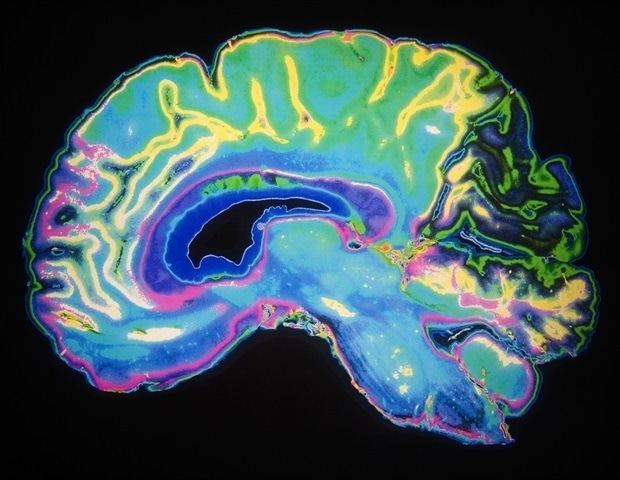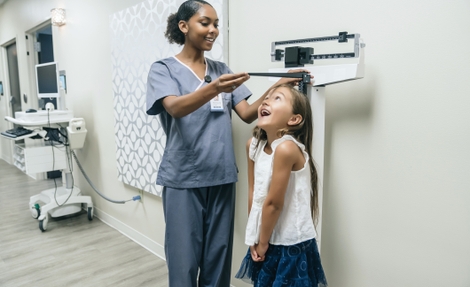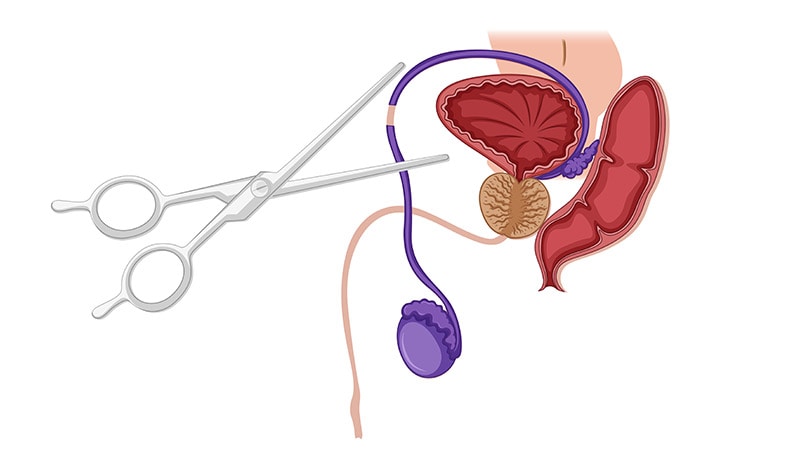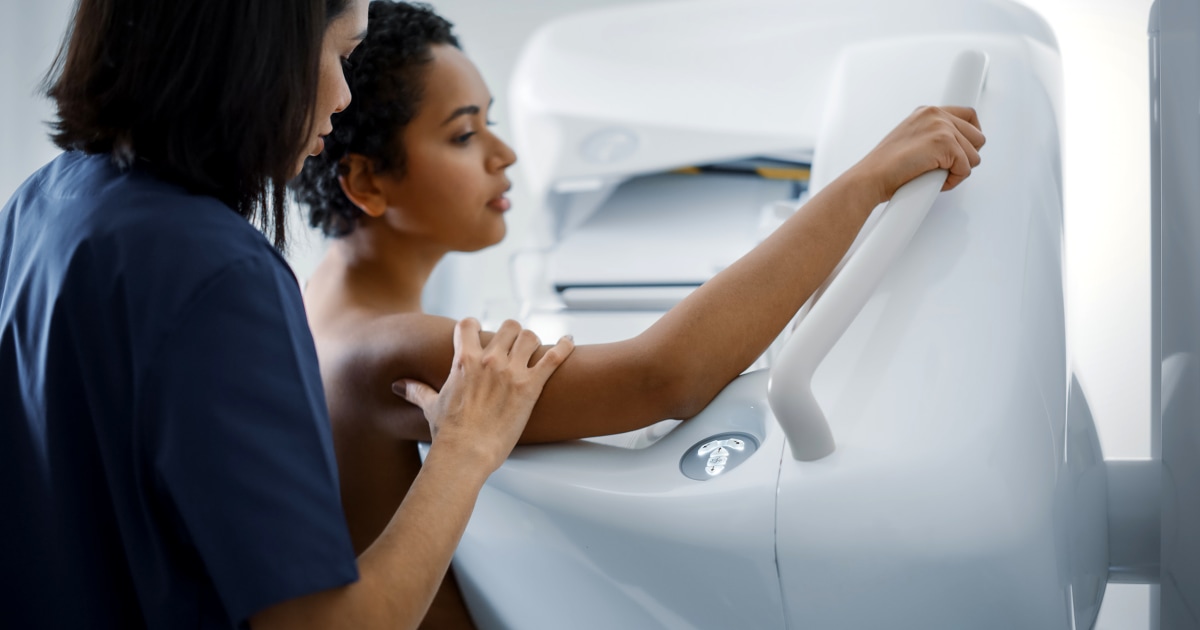Advancing Neurological Healthcare through Innovative Technology: A Contribution to Sustainable Development Goals
Introduction: Addressing Global Health Challenges in Neurology
The effective diagnosis and management of neurological conditions such as stroke, traumatic brain injury (TBI), and vascular dementia are critical for achieving Sustainable Development Goal 3 (Good Health and Well-being). However, a significant barrier to universal health coverage is the high cost and limited availability of existing diagnostic technologies, including magnetic resonance imaging (MRI) and computed tomography (CT). This disparity creates inequalities in healthcare access, a challenge directly addressed by SDG 10 (Reduced Inequalities).
In response, a collaborative research initiative has developed a noninvasive, affordable alternative for measuring cerebral blood flow, aligning with the principles of SDG 9 (Industry, Innovation, and Infrastructure) by fostering scientific innovation for societal benefit.
Technology and Innovation: Speckle Contrast Optical Spectroscopy (SCOS)
Researchers from the USC Neurorestoration Center and the California Institute of Technology have engineered a novel device utilizing speckle contrast optical spectroscopy (SCOS). This technology represents a significant advancement in medical diagnostics.
- Mechanism: The device measures cerebral blood flow and volume by capturing images of scattered laser light with a high-resolution camera as blood cells pass through the laser beam.
- Accessibility: By adapting a technique from animal studies for human clinical use, the SCOS device offers a cost-effective and accessible solution, promoting more equitable healthcare infrastructure.
- Application: Initial proof-of-concept studies have already demonstrated its potential utility in assessing stroke risk and detecting brain injury.
Report on Experimental Validation
A primary challenge for light-based neuroimaging technologies has been to ensure that measurements reflect cerebral activity rather than superficial blood flow in the scalp. A recent study published in APL Bioengineering provides definitive experimental evidence validating the SCOS device’s capacity to measure brain blood flow in humans.
Methodology and Findings
The research team employed an innovative methodology to confirm the technology’s accuracy, representing a crucial step toward clinical integration.
- Participant Cohort: The study involved 20 human participants.
- Experimental Procedure: Researchers temporarily occluded blood flow to the scalp, a procedure that isolates the scalp’s circulation while leaving the brain’s blood flow unaffected.
- Data Collection: SCOS readings were collected while systematically increasing the distance between the laser source and the detector to measure signals from progressively deeper tissue.
- Key Result: The study concluded that positioning the detector at a distance of at least 2.3 centimeters from the laser source effectively isolates cerebral signals, minimizing interference from the scalp.
Implications for Sustainable Development
Fostering Partnerships for the Goals (SDG 17)
This research exemplifies the power of multi-stakeholder collaboration. The project’s success is built upon a partnership involving:
- Academic Institutions: USC Neurorestoration Center, California Institute of Technology, and Stevens Institute of Technology.
- Interdisciplinary Expertise: A collaboration between surgeons, engineers, and neurologists.
- Diverse Funding: Support from the National Institutes of Health, the Alfred Mann Foundation, and the USC Neurorestoration Center.
Future Outlook and Clinical Translation
The validation of the SCOS device paves the way for its rapid translation from a laboratory setting to clinical practice, directly supporting the objectives of SDG 3.
- Immediate Application: The human-centric research design ensures that the findings are directly applicable to patient care, accelerating the technology’s deployment for diagnosing stroke and TBI.
- Continued Refinement: Future work will focus on enhancing the technology’s software, improving image resolution, and refining the quality of data extraction.
- Expanded Trials: With confirmation that the device measures the intended cerebral signals, researchers will expand clinical testing with patients to further establish its diagnostic capabilities for a range of neurological disorders.
Analysis of Sustainable Development Goals (SDGs) in the Article
1. Which SDGs are addressed or connected to the issues highlighted in the article?
- SDG 3: Good Health and Well-being: The article’s primary focus is on a new medical technology designed to measure brain blood flow, which is critical for diagnosing and managing severe neurological conditions such as stroke, traumatic brain injury (TBI), and vascular dementia. By developing a more accessible diagnostic tool, the research directly contributes to improving health outcomes and well-being.
- SDG 9: Industry, Innovation, and Infrastructure: The article describes the development and validation of an innovative medical device (SCOS) by researchers from the USC Neurorestoration Center and Caltech. This represents a significant advancement in scientific research and technological capability. The text highlights the process of innovation, from initial development and proof-of-concept studies to clinical validation, funded by institutions like the National Institutes of Health.
2. What specific targets under those SDGs can be identified based on the article’s content?
-
SDG 3: Good Health and Well-being
- Target 3.4: By 2030, reduce by one-third premature mortality from non-communicable diseases through prevention and treatment and promote mental health and well-being. The article discusses a tool for “assessing stroke risk and detecting brain injury.” Early and accurate detection is a cornerstone of prevention and effective treatment for non-communicable neurological diseases, which can help reduce premature mortality associated with them.
- Target 3.8: Achieve universal health coverage, including financial risk protection, access to quality essential health-care services and access to safe, effective, quality and affordable essential medicines and vaccines for all. The article explicitly states that existing diagnostic techniques like MRI and CT are “expensive and therefore not widely available.” The new SCOS device is presented as a “simple, noninvasive alternative” that is “affordable.” This directly addresses the goal of increasing access to essential and affordable healthcare diagnostics.
-
SDG 9: Industry, Innovation, and Infrastructure
- Target 9.5: Enhance scientific research, upgrade the technological capabilities of industrial sectors in all countries, in particular developing countries, including, by 2030, encouraging innovation and substantially increasing the number of research and development workers per 1 million people and public and private research and development spending. The entire article is a testament to this target. It details a collaborative research effort that has produced a new technology, with funding from major institutions (“National Institutes of Health, the Alfred Mann Foundation and the USC Neurorestoration Center”) and resulted in a scientific publication (“just published in the journal APL Bioengineering”). This work enhances scientific research and creates innovative tools with clinical potential.
3. Are there any indicators mentioned or implied in the article that can be used to measure progress towards the identified targets?
-
Indicators for SDG 3 Targets
- Implied Indicator for Target 3.4: The availability and use of affordable technology for early detection and risk assessment of neurological conditions. The article’s description of the SCOS device’s utility for “assessing stroke risk and detecting brain injury” implies that its widespread adoption would serve as a measure of progress in preventing and treating these non-communicable diseases.
- Implied Indicator for Target 3.8: The relative cost and availability of diagnostic procedures for neurological conditions. The article’s contrast between “expensive” MRI/CT scans and the “affordable” SCOS device suggests that progress can be measured by the reduction in cost for such diagnostics and their increased deployment in clinical settings where they were previously unavailable.
-
Indicators for SDG 9 Target
- Direct Indicator for Target 9.5: Total expenditure on research and development (R&D). The article explicitly mentions that the research was “funded in part by the National Institutes of Health, the Alfred Mann Foundation and the USC Neurorestoration Center,” pointing to investment in R&D as a key metric.
- Direct Indicator for Target 9.5: The number of scientific and technical publications. The article states the study “was just published in the journal APL Bioengineering,” which is a direct output of the research and innovation process and a standard indicator for measuring scientific progress.
4. Summary Table of SDGs, Targets, and Indicators
| SDGs | Targets | Indicators |
|---|---|---|
| SDG 3: Good Health and Well-being |
Target 3.4: Reduce premature mortality from non-communicable diseases through prevention and treatment.
Target 3.8: Achieve universal health coverage and access to quality, affordable essential health-care services. |
(Implied) Availability and use of affordable technology for early detection and risk assessment of neurological conditions (e.g., stroke, TBI).
(Implied) Reduction in cost for neurological diagnostic procedures and increased availability of brain blood flow measurement tools in clinical settings. |
| SDG 9: Industry, Innovation, and Infrastructure | Target 9.5: Enhance scientific research, upgrade technological capabilities, and encourage innovation. |
(Direct) Expenditure on research and development, as shown by funding from the National Institutes of Health and other foundations.
(Direct) Number of scientific and technical publications, as evidenced by the study’s publication in the journal APL Bioengineering. |
Source: news-medical.net







